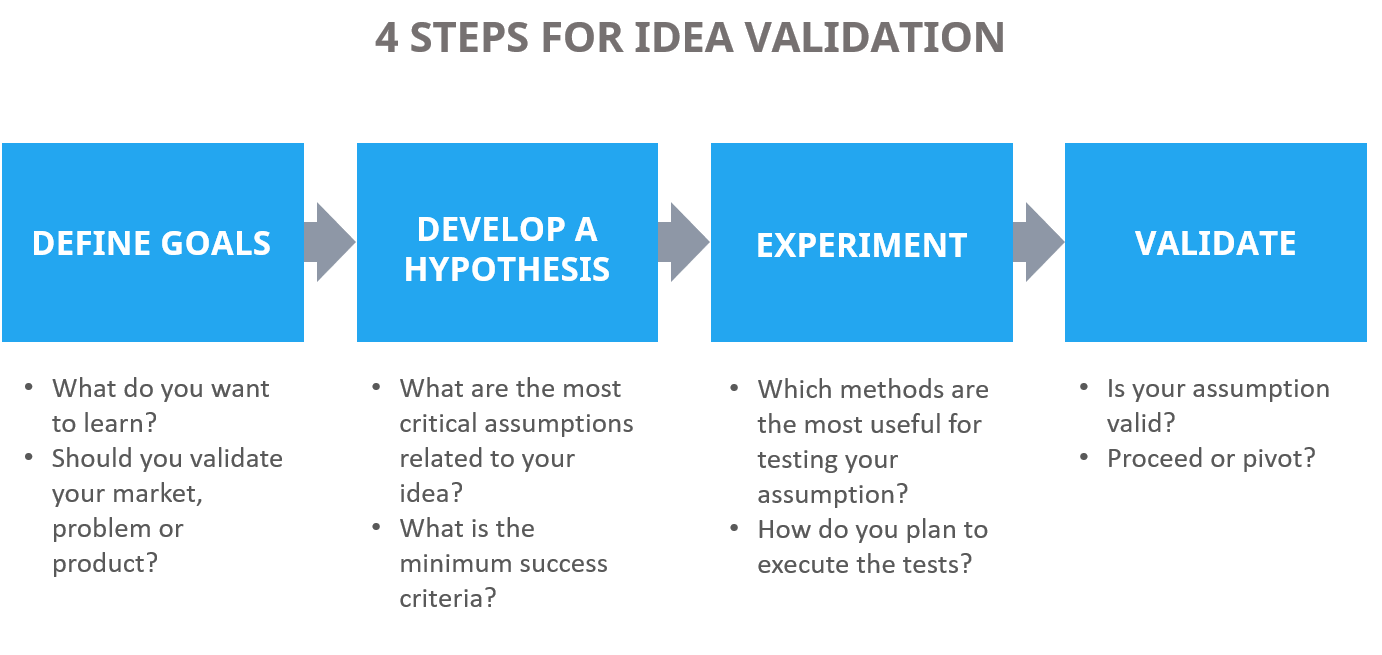How to Validate an Idea Before Launching a Service or Product (And Why You Should)
Estimated reading time: 5 minutes
Every great business starts with an idea. But not every idea turns into a great business.
Before you pour your time, money, and energy into launching a product or service, you need to know will people actually buy it? That’s where idea validation comes in.
Skipping this step is like building a house without checking if the land is stable or the house plan is fulfilling the requirement. You might finish construction, only to watch it crumble later. Research shows that 35% of startups fail because there’s no market need for their product or its selling to wrong audience (source: Failory).
The good news? Validating your idea doesn’t have to be complicated. Here’s how to test it before you launch and why it’s the smartest move you can make as an entrepreneur.
Why You Should Validate Your Idea First
1. Avoid Costly Mistakes
Imagine spending months (or years) developing a product, only to realize nobody wants it. Validation helps you spot flaws early, so you don’t waste resources on something doomed to fail.
2. Find Real Demand
An idea might sound good in your head, but real customers will tell you if it solves a problem they care about. Validation turns guesses into facts.
3. Get a Competitive Edge
By talking to customers before launching, you’ll uncover insights competitors miss. This lets you refine your product to stand out in a crowded market.
4. Save Time and Money
Building a full product without testing is expensive. Validation helps you focus on what customers actually want, so you invest wisely from the start.
How to Validate Your Business Idea
1. Define Your Idea Clearly
Before testing, get crystal clear on:
- What problem does it solve? (If it’s not fixing a real pain point, demand will be weak.)
- Who is it for? (Niche down trying to please everyone pleases no one.)
- How is it different? (Why would customers choose you over existing solutions?)
2. Research the Market
Check if people are already searching for solutions like yours:
- Use Google Trends to see if interest is growing or fading.
- Study competitors what are they doing well? Where are they falling short?
- Look at industry reports (Statista, IBISWorld) to gauge market size and trends.
3. Talk to Your Target Customers
Surveys and interviews are gold mines for honest feedback. Ask:
- “What’s your biggest struggle with [problem your idea solves]?”
- “Have you tried other solutions? What didn’t you like about them?”
- “Would you pay for a product that fixes this?”
Pro Tip: Don’t just ask friends and family they’ll sugarcoat answers. Find real potential buyers through LinkedIn, Reddit, or niche Facebook groups.
4. Create a Simple MVP (Minimum Viable Product)
You don’t need a finished product to test demand. Try:
- A landing page explaining your offer with a “Buy Now” or “Join Waitlist” button.
- A prototype (even a sketch or mockup) to show potential users.
- A Wizard of Oz test manually deliver the service (without automation) to see if people want it.
Example: Dropbox started with a demo video to gauge interest before building their full product.
5. Run a Fake Door Test
This sneaky (but effective) trick involves advertising a product you haven’t built yet. If people click “Buy,” you know there’s demand. Just apologize and say it’s “coming soon.”
6. Pre-Sell or Crowdfund
If people pay upfront (via Kickstarter, Indiegogo, or a simple invoice), you’ve got proof your idea has legs.
7. Analyse and Adjust
If feedback shows your idea needs tweaking pivot early. The goal isn’t to prove you’re right it’s to find what customers truly want.
Key Takeaways
- Validation isn’t optional. It’s the difference between success and a costly flop.
- Start small. Use surveys, interviews, or an MVP before investing heavily.
- Listen more than you pitch. Customers will tell you what they need if you ask.
- Be ready to adapt. Many successful businesses today started as something different.
Final Thought
The best ideas aren’t the ones that sound brilliant in theory they’re the ones real customers are willing to pay for. Validation strips away assumptions and replaces them with evidence.
So before you quit your job or max out your savings, take the time to test your idea. It might feel like a delay, but it’s the fastest way to build something people actually want.








